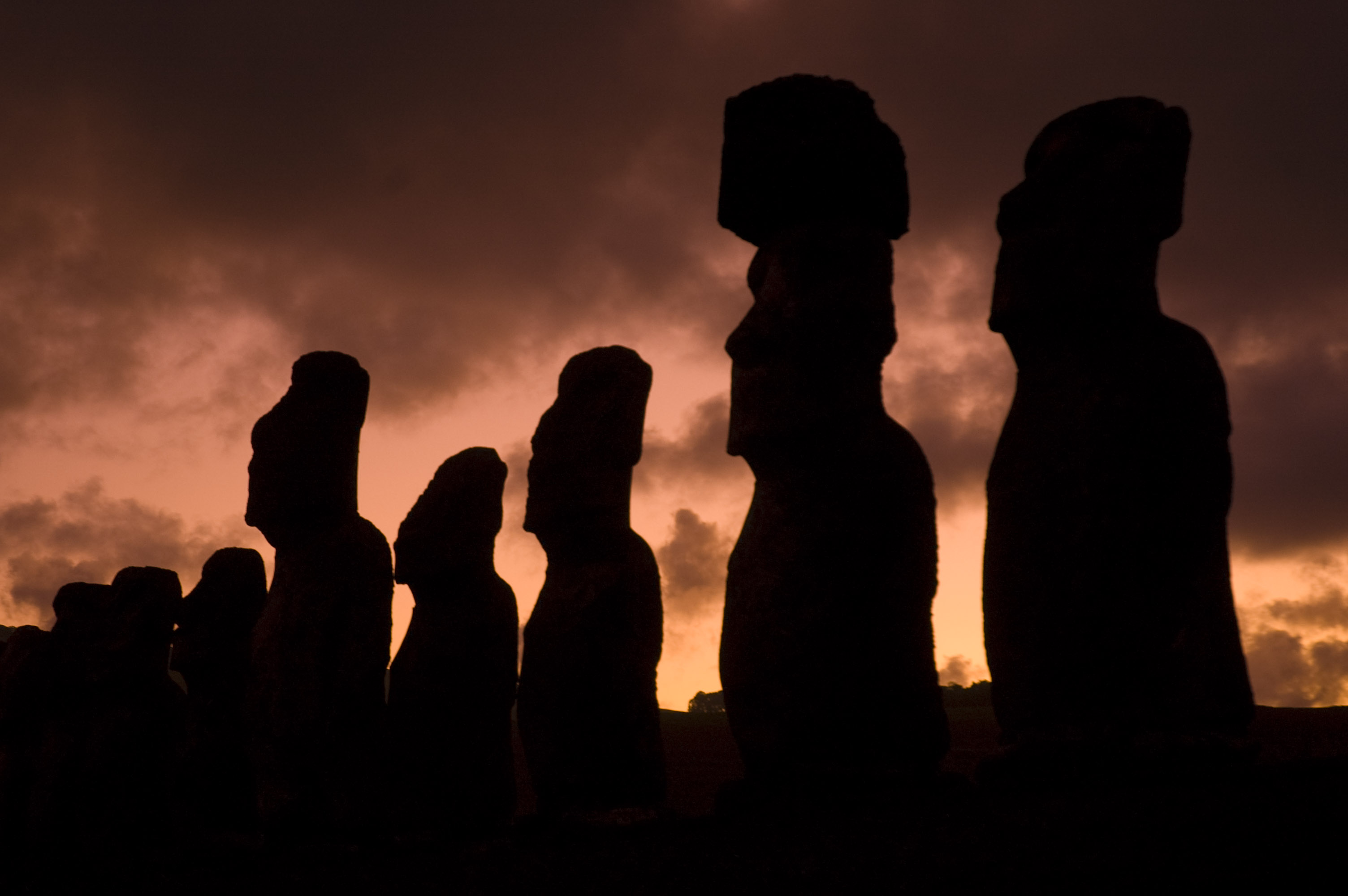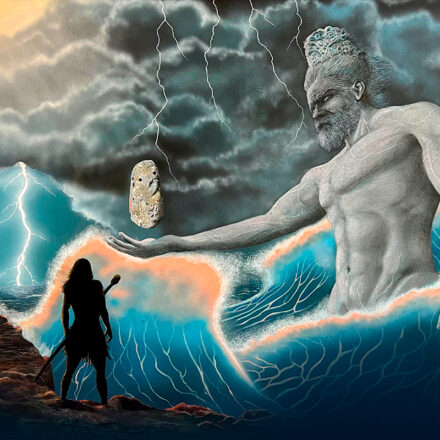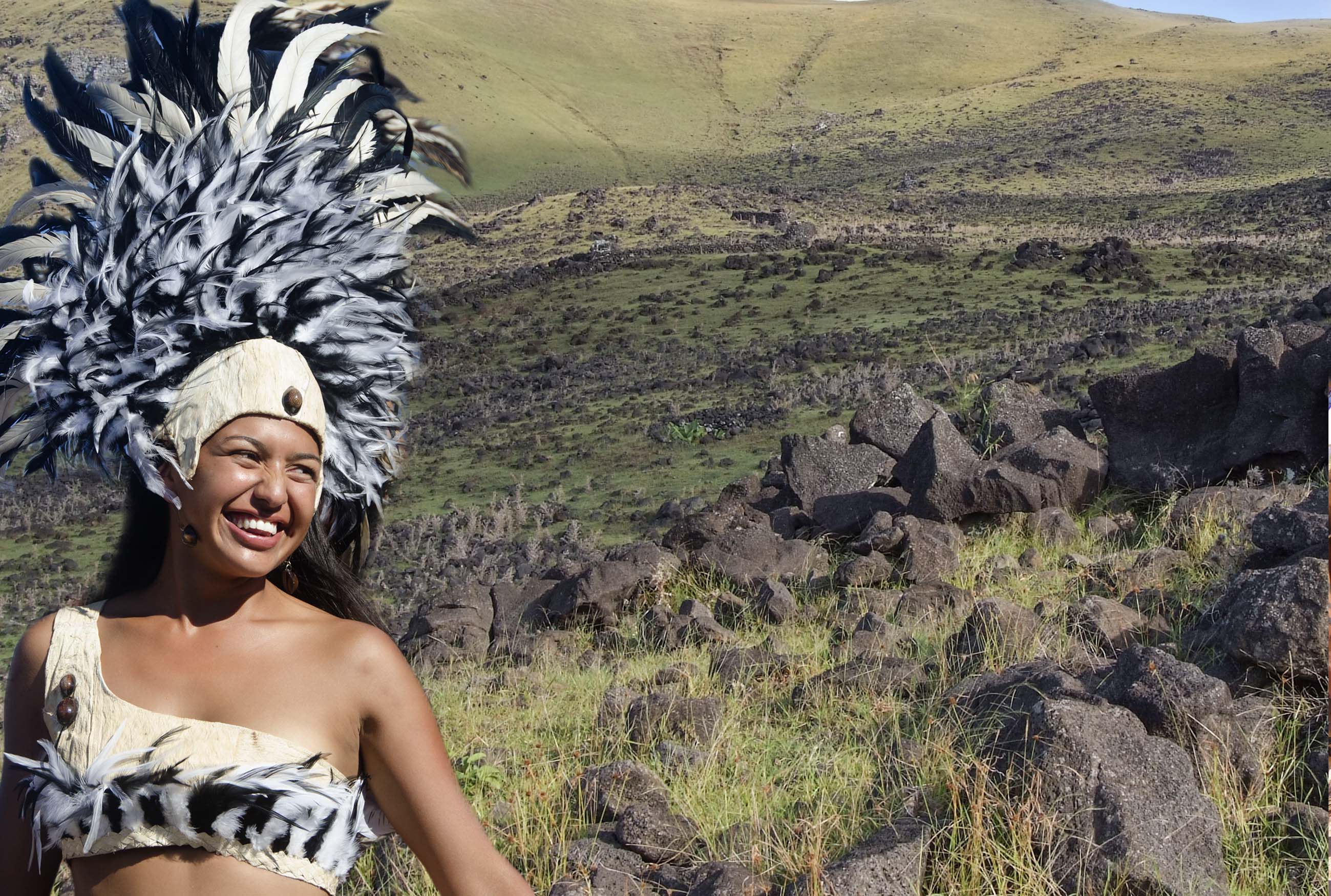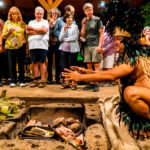URU KEHU
Legend Maori
“The ancient seas roared under the influence of the moon and the stars and the Uru Kehu o Nga Tupuna finally disembarked. Our ancestors with the red and golden hair arrived to our island. Most of them perished in the cold ocean when the sea broke their ship into a thousand pieces. Not all perished; some men and women were saved together with their children. This was the arrival of those of whom our old ones have spoken. According to them, We are the children of different colors, descendants of different currents and we travel over different seas to find each other… “
As Manuel Tuki confirms;
… “many of the ancient people on Easter Island were tall and white. This comes from their ancestors. They aren’t dark; they are blond, red-haired; they have lots of freckles on their faces. Felipe Pakarati shares that opinión. “The reality is that there were many European ships which visited the Island a long time before it was seen by the Dutchman Rogeveen and there were certainly enough men among them to reproduce.”

Featured Reports:
Polynesian Gods & a glimpse into Rapanui mithology
According to Rapanui mythology, the union of various elements gave rise to more complex entities, leading to the birth of the first gods. This creation resulted from the union of Rangi Nui, the god of the sky, and Papatuanuku, the goddess of the earth and sea. Initially, the sky and the earth were close, but Tāne Mahuta separated them to provide space and light to the world.
The Battle between the Short-Ears and the Long-Ears
The Battle between the Short-Ears and the Long-Earsby Cristián Moreno Pakarati · UC/Ahirenga Research / Hanga Roa, Rapa NuiOne of the most well known stories of Rapa Nui tells the legend of the Hanau Momoko and the Hanau ‘E’epe, two groups which shared and then...
Hena Naku
Hena NakuHena Naku, the god of feathers, loved Te Pito o te Henua, the Navel of the World, the ancient name for Easter Island. The sea birds, which were under his protection, preferred to nest on the rocky cliffs that surround the Island. Hena Naku was covered with...













